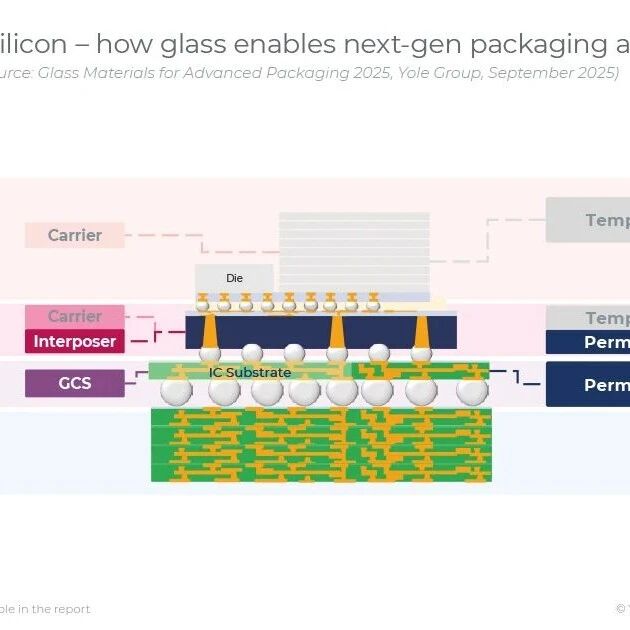点击蓝字
关注我们


梁正
清华大学人工智能国际治理研究院副院长、人工智能治理研究中心主任、中国科技政策研究中心副主任、公共管理学院教授
'AI Plus' empowers the development of new quality productive forces
The 15th Five-Year Plan period (2026-2030) is a crucial stage for China to seize the strategic opportunities presented by the new round of technological revolution and industrial transformation and to achieve high-quality development. Promoting the deep integration of artificial intelligence (AI) with the real economy and fostering the expansion of the intelligent industry have become important strategic pillars for accelerating the development of new quality productive forces and building new national competitive advantages. The key to the "AI Plus" initiative lies in utilizing clusters of cutting-edge and disruptive technologies as the core engine to comprehensively reshape the system of productive factors and stimulate new drivers of economic growth.

AI technology itself is a core component of new quality productive forces. By promoting the synergistic leap forward of foundational elements such as models, computing power and data, it profoundly alters the internal structure and operational quality of traditional productive forces.
Currently, China leads the world in the number of large models, and the performance of its open-source models is also at the international forefront. However, in terms of computing power, facing the current situation of uneven distribution of intelligent computing resources and low levels of intensification, efforts should be made to promote the establishment of a nationally integrated computing power scheduling system, facilitating cross-regional coordination and efficient supply of computing resources. Regarding data, it is essential to focus on resolving issues such as varying data quality and significant circulation barriers, accelerate the systematic development of high-quality datasets, deploy trustful data spaces in an innovative manner, and ensure the security, circulation, and utilization of data factors. By consolidating the computing power foundation and optimizing the data ecosystem, the overall efficacy of AI in empowering the development of new quality productive forces can be systematically enhanced.
The full release of AI's powerful driving force for the development of new quality productive forces also critically depends on removing institutional and systemic barriers that constrain the development of intelligent technology. The science and technology governance system should be restructured with agile governance concepts, providing a dynamic and inclusive institutional environment for the rapid iteration of AI technology through flexible mechanisms such as regulatory sandboxes and classified, tiered approaches. Efforts should be accelerated to adapt and promote domestic software and hardware technology systems, using market demand to drive breakthroughs in underlying technologies, and constructing a development pattern where technology and industry mutually reinforce each other. Ultimately, the goal is to create an institutional system conducive to the emergence of original innovation and disruptive technological breakthroughs, transforming institutional advantages into tangible ones in empowering new quality productive forces with AI.
The deep integration of "AI Plus" ultimately manifests in the construction of a collaborative ecosystem and the formation of international leadership. The former means moving beyond the application of single technologies to promote the comprehensive penetration of AI into areas such as scientific research and development, industrial upgrading, public services, social governance and international cooperation. "AI Plus" should give rise to new business forms and models, building an ecosystem where technology, industry, and social value coexist symbiotically. The latter emphasizes gradually forming de facto norms with international influence through the provision of technology and standards, while actively participating in and leading global AI governance cooperation. Leveraging bilateral and multilateral mechanisms to promote capacity co-construction will help developing countries bridging the "digital divide" and contribute China's wisdom and solutions to the global intelligent economy.
(译文)“十五五”时期(2026—2030)是中国抢抓新一轮科技革命和产业变革战略机遇、实现高质量发展的关键阶段。推动人工智能与实体经济深度融合、培育壮大智能产业,已成为加快发展新质生产力、构建国家竞争新优势的重要战略支点。












